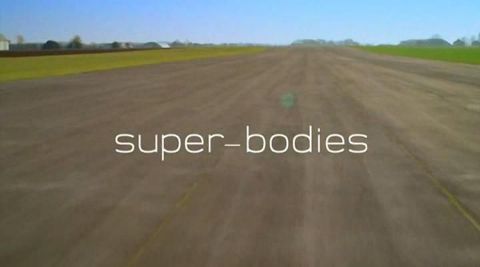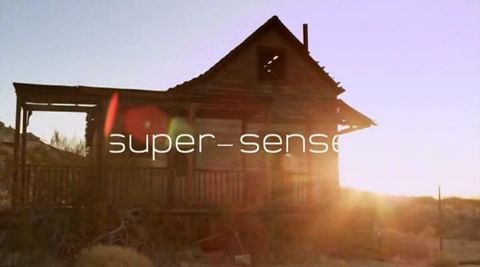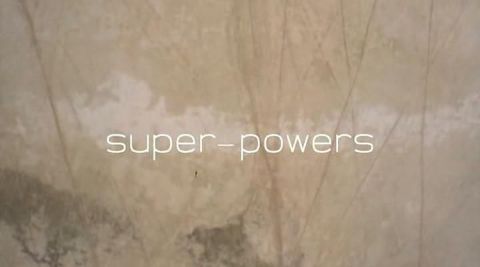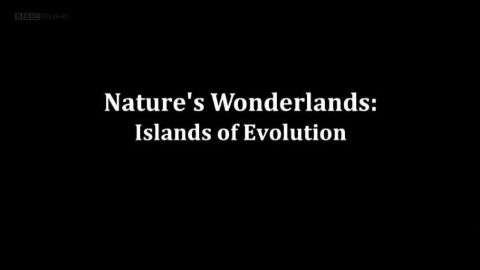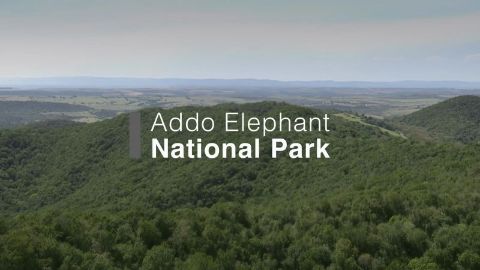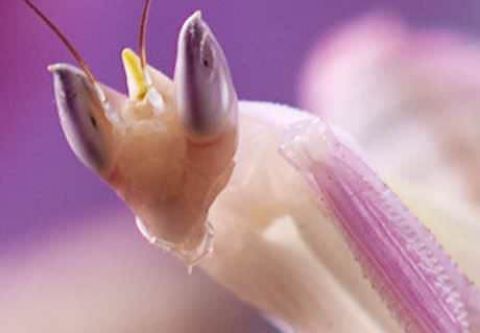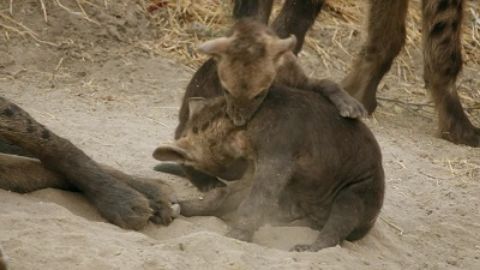Super-Powers • 2012 • episode "S1E3" • Richard Hammond's Miracles of Nature
Richard Hammond concludes his look at miracles in the natural world by discovering some incredible animal super-powers. Creatures that can create slime as strong as steel, survive massive extremes of temperature or even turn invisible. Animal super-powers that have inspired scientists and engineers to create brand new human inventions that could change the way we live. He discovers how the husky's paw can help American footballers; how a strange eel-like creature with a skull but no skeleton might be the next best thing to a spider; how the kingfisher could revolutionise air-sea rescue; and how the cuttlefish has enabled a military tank to pretend it's a small family saloon.
Make a donation
Buy a brother a hot coffee? Or a cold beer?
Hope you're finding these documentaries fascinating and eye-opening. It's just me, working hard behind the scenes to bring you this enriching content.
Running and maintaining a website like this takes time and resources. That's why I'm reaching out to you. If you appreciate what I do and would like to support my efforts, would you consider "buying me a coffee"?
Donation addresses
BTC: bc1q8ldskxh4x9qnddhcrgcun8rtvddeldm2a07r2v
ETH: 0x5CCAAA1afc5c5D814129d99277dDb5A979672116
With your donation through , you can show your appreciation and help me keep this project going. Every contribution, no matter how small, makes a significant impact. It goes directly towards covering server costs.
